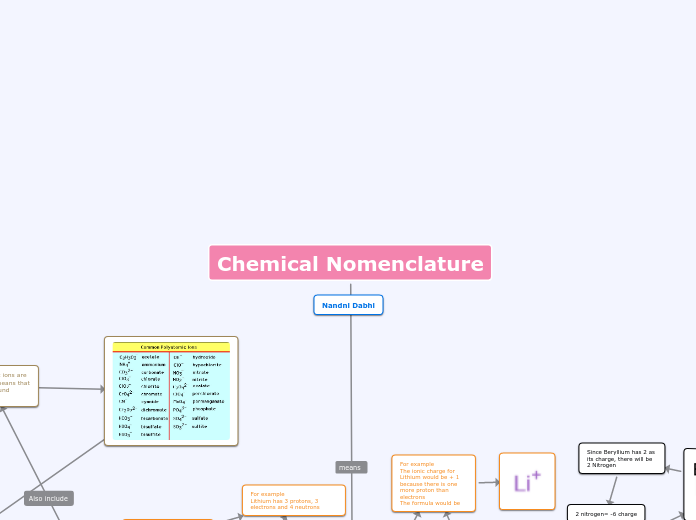Hydrocarbon derivatives
To name your story, you have to think about the overall message and what you want your audience to understand from the story. Also, make it relevant and easy to remember.
Halogen derivatives
The ending of a story is essential. We all know that if the ending is weak, what happened before loses its importance. So make it unpredictable, but fair. A resolved ending answers all the questions and ties up any loose threads from the plot.
Common
CHCl3
Chloroform
CH3-Cl
Methyl chloride
CH2-CH-CH2
| | |
Cl Cl Br
3-bromo-1,2-dichloropropane
CH3-CH2-CH2-CH3-Br
BUtyl bromide
This is the closure section of the story.
See examples of possible outcomes below:
- all problems have been solved
- it's clear how each one of your characters ends up
- your main character is transformed by the challenge
Monohalogenated
(R-X where R represents the hydrocarbon chain and X any of the halogens)
Try answering these questions to come up with a closure:
- Have all the problems been solved?
- Is there a clear picture of what happens with each character in the story?
- Has the challenge transformed your main character?
- How do the characters feel in the end?
Nitrogen derivatives
The middle of the story is where you add layers of complications that will lead to the end. Reveal more about the character's journey. Did their personality go through changes? How did they overcome the challenges? And as you build up the story’s central conflict, make it more personal to that character. Also, from the middle act, you have to lead into the final act.
Amides
Your character(s) need(s) motivation in order to solve the challenge(s).
Secondary characters also might have motivs beacuse of which they may cross path with main character or which might trigger them to help the main character.
CH3-CH2-CO-NH2
Propionamide
CH3-CH2-CH2-CO-NH2
Butanoamide
Secondary characters might also have motives that lead them to cross paths with the main character or which might trigger them to help the main character.
Amino group (-NH2) replaces -OH
(R-C-NH2, R-CO-NH3)
|
O
Amines
Each story has a main character and that character usually needs to solve a problem or challenge. The character's challenge is the one that creates tension throughout the story.
CH3-CH2-NH-CH3
Ethylmethylamine
CH3-NH-CH3
Dimethylamine
In most stories, there are 3 challenges. The number 3 is a mystical number symbolizing completeness. Try to come up with interesting challenges with which your character needs to struggle.
See a few examples below:
- turns into a werewolf at night
- is sent back in time
R-N-H, R-N-R', R-N-R'
| | |
H H R''
Oxygen Derivatives
In the beginning of the story (or the exposition), you will need to introduce the setting and characters. You might also want to introduce the main conflict. This part of the story is important because it gives the reader necessary background information and maybe even a first insight into a character’s personality.
Esters
CH3-CH2-CH2-COO-CH2-CH3
Ethyl butyrate
CH3-COO-(CH2)7-CH3
Octyl acetate
Combination of carboxyl and hydroxyl
(R-COO-R, R-C-O-R)
||
O
Carboxylic acids
Common name
CH3(CH2)8COOH
Capric acid
CH3-CH2-CH2-COOH
Butyric acid
CH3(CH2)8COOH
Decanoic acid
CH3-CH2-CH2-COOH
Butanoic acid
Carboxyl
(R-C=O, R-COOH, R-CO2H)
|
OH
Aldehydes and ketones
The setting (time & place) of a story can change throughout the plot.
CH3-CH-CH3
||
O
Propanone
Dimethyl ketone
CH2=O
Methanal
Formaldehyde
The time of the story can also change. It can describe the event of a single day or can include an entire year's plot. Anyway, don't forget to mention it.
Carbonyl
(R-C=O)
Ethers
Nomeclature
. CH3
|
H3C-C-O-CH3
|
CH3
Tertbutyl methyl ether
CH3-O-CH2-CH3
ethyl methyl ether
R-O-R
Alcohols
Characters are essential to a good story. Usually, the protagonist(s) is/are the most affected by the plot. Introduce a character by focusing on their actions, interests, and occupation, as the physical appearance doesn't make a difference in most cases.
Nomlecature
IUPAC
CH3-CH-CH3
|
OH
2-propanol
CH3-CH2-OH
ethanol
Functional Group
Type in the name of your character.
Hydroxyl
(R-OH)
Choose the type of your chacter:
Protagonist (main character)Antagonist (main character's opponent)Flat (stereotypical character)Round (his/ her personality develops throughout the story)Static (doesn't evolve as a person throughout the story)Dynamic (dramatical change in personality)Confidant (the main character trusts him/ her)Foil (contrasting character who enhances the personality of another character)Other










